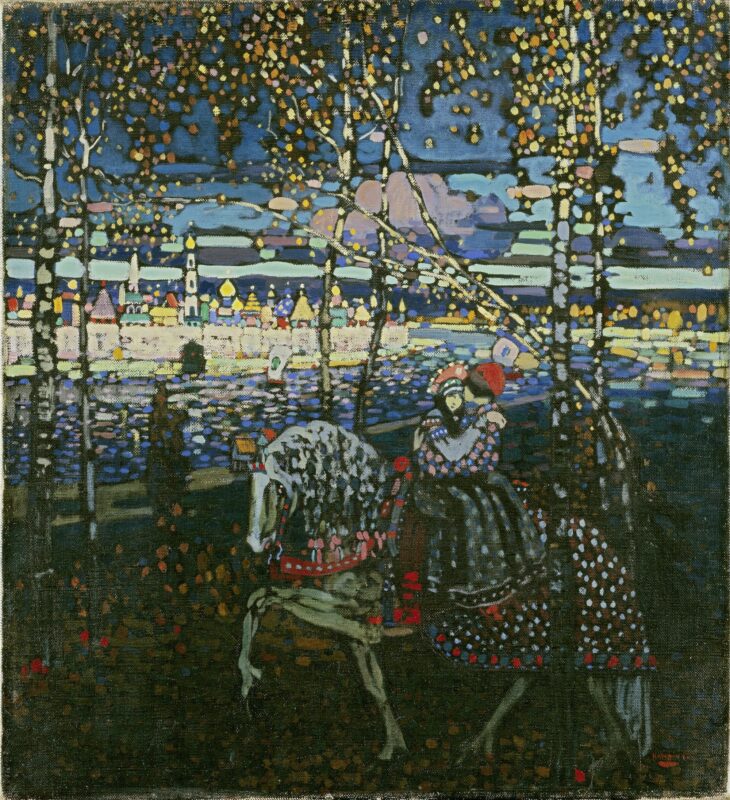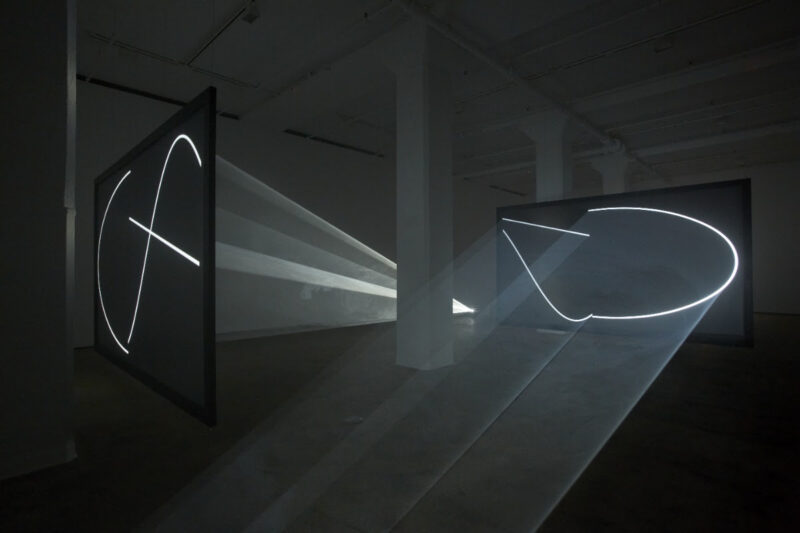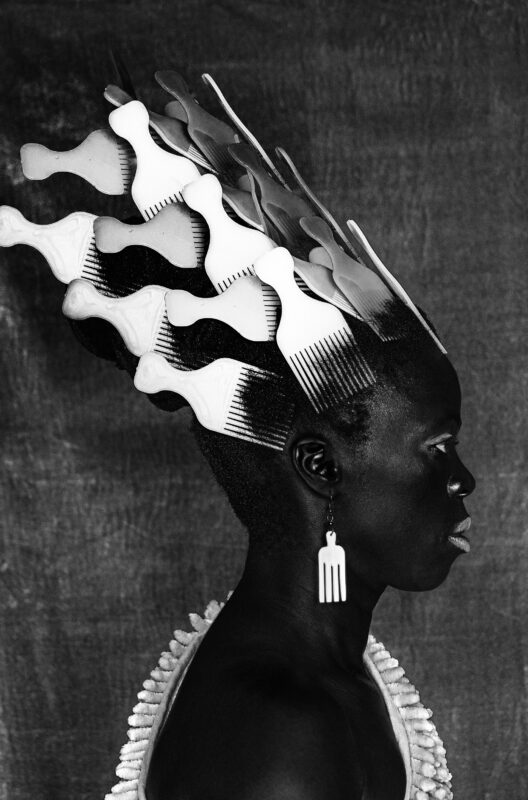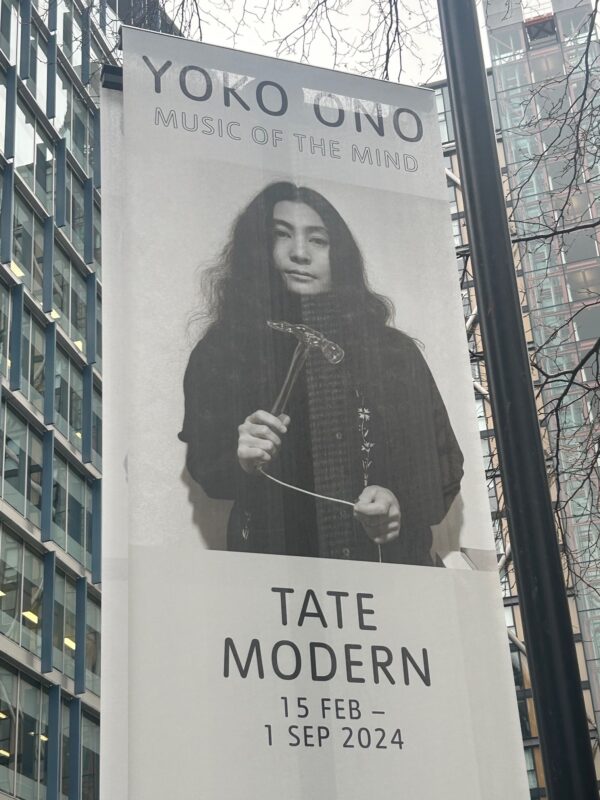Tate Modern has opened a landmark exhibition of one of the most remarkable artists of the twentieth century: Philip Guston (1913-1980).
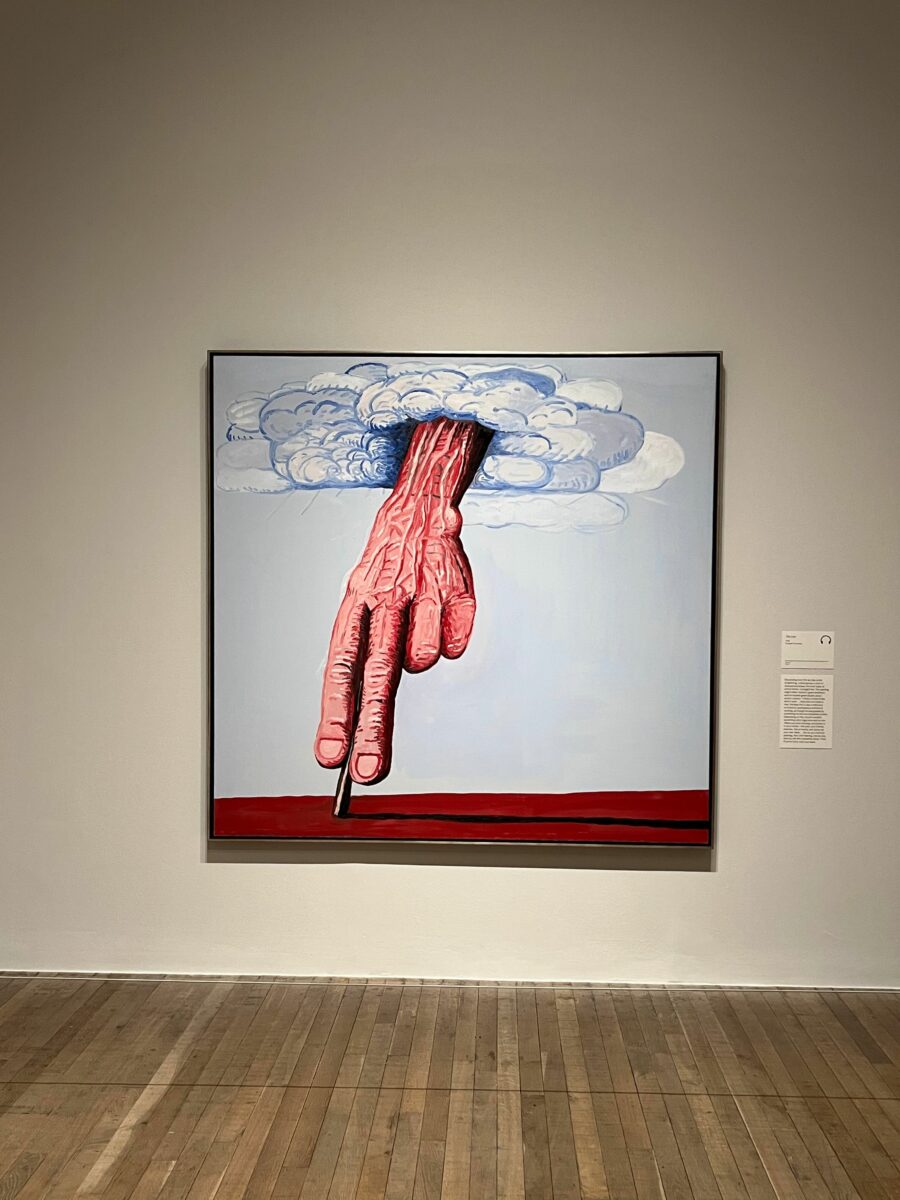
The artist’s first major UK retrospective in 20 years, the exhibition spans more than 100 paintings and drawings from across Guston’s momentous 50-year career. It offers new insight into the artist’s formative early years and activism, his celebrated period of abstraction, and his thought-provoking late works. With an outlook strongly shaped by his experiences of personal tragedy and by social injustice in the US, the exhibition charts the restlessness of an artist who defied categorisation, and never stopped pushing the boundaries of painting.
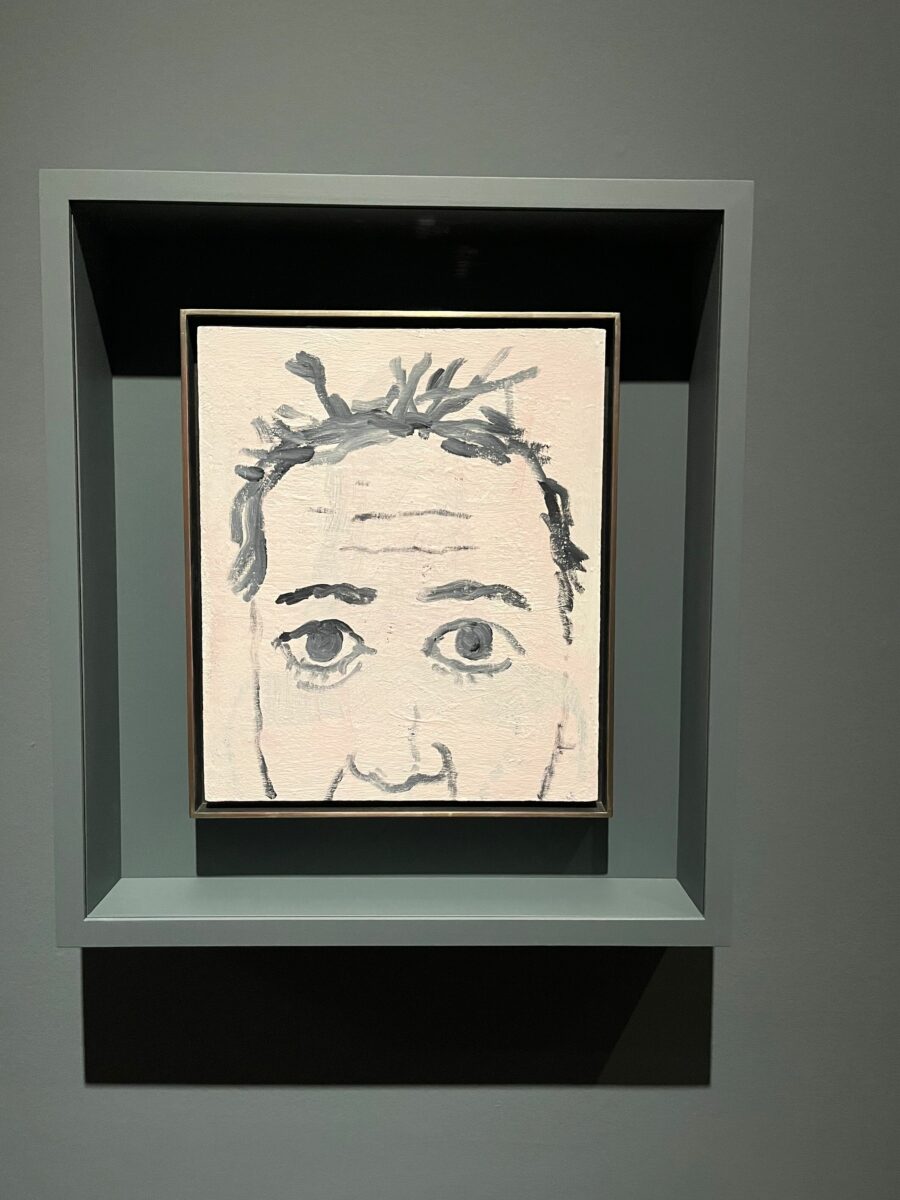
Presented chronologically, the exhibition begins with Guston’s early years as the child of Jewish immigrants who had escaped persecution in present-day Ukraine, and the family’s subsequent migration to Los Angeles in 1922. Largely self-taught, Guston was drawn to cartoon imagery, European Old Masters painting, surrealism, and Mexican muralism. Against a threatening backdrop of rising antisemitism and Ku Klux Klan activity that would inform his lifelong stand against racism, the young Guston’s work became increasingly political. Later paintings such as Bombardment 1937 depict the artist’s response to the violence and injustice he saw in the world.
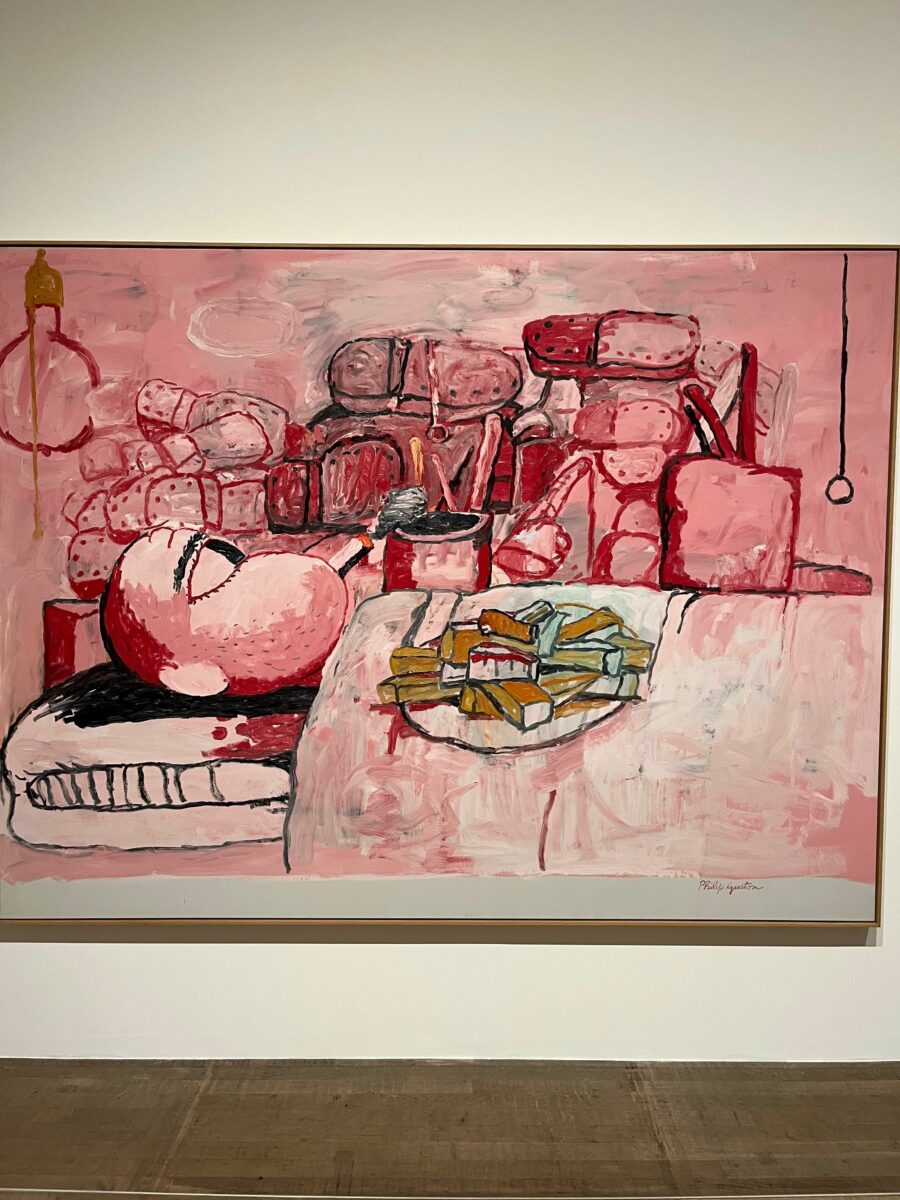
Guston’s murals and collaborations come under new examination in this exhibition. With Reuben Kadish and Jules Langsner he travelled to Mexico in 1934 to create a radical protest mural The Struggle Against Terrorism 1934-5. Visitors to Tate Modern can view a projection of this work, the first time that one of Guston’s murals is shown at such scale. Changing his name from Phillip Goldstein to Philip Guston in 1935 and moving to New York the following year, he created murals for the government funded Works Progress Administration Federal Art Project, before making the first of three artistically significant trips to Italy. Returning to the US, he moved decisively towards an increasingly abstract language, as seen in paintings like White Painting I 1951, becoming an influential figure in the New York School alongside his high school friend Jackson Pollock, Willem de Kooning and Mark Rothko. Several influential works from Guston’s first major retrospective at the Guggenheim Museum in 1962 feature in the exhibition, including Dial 1956.
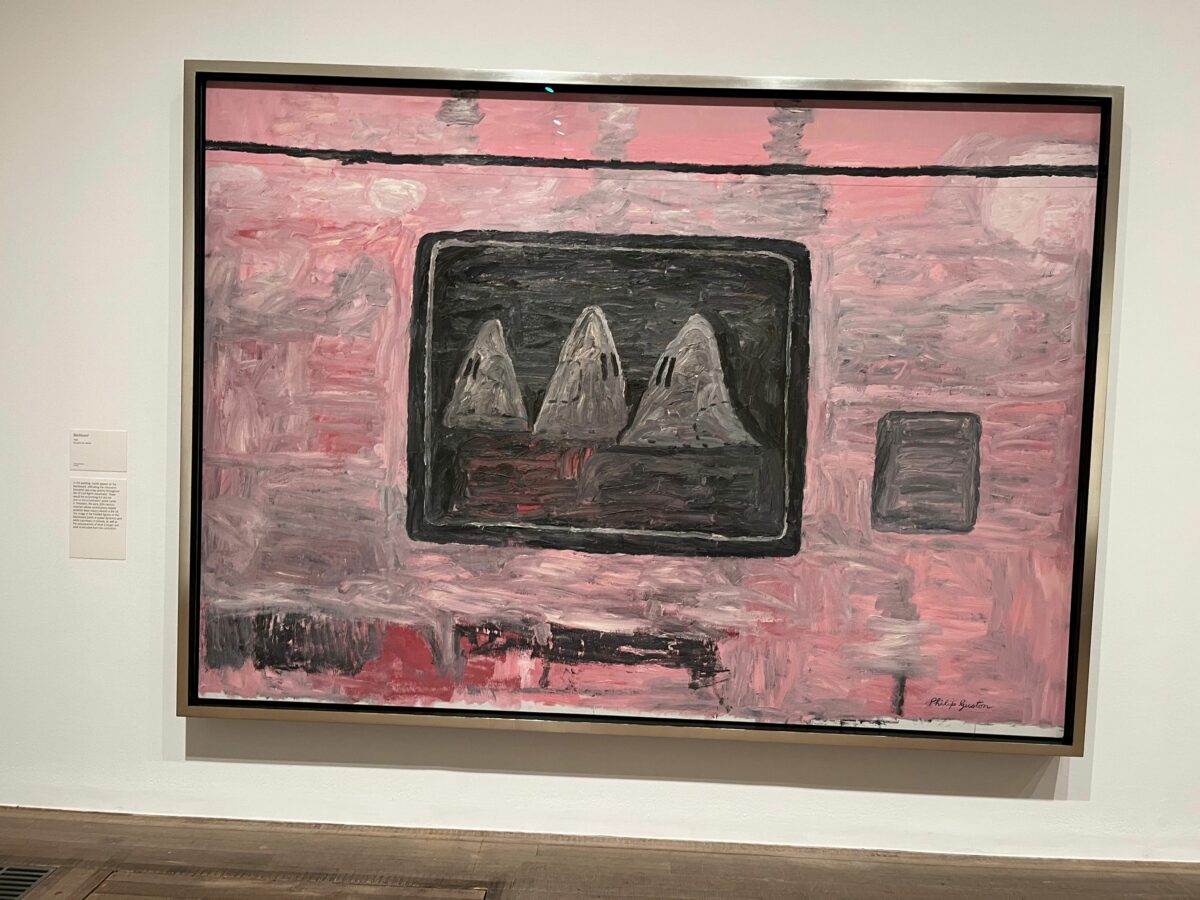

By the late 1960s, Guston was becoming disillusioned with abstraction as he simultaneously contended with the increasingly troubled world around him. He began to wrestle with the concept of evil in his practice. Unsettling caricatures of hooded Ku Klux Klan figures taking part in everyday activities materialised in his work, as he began to question societal complicity in violence and racism. This period culminated in the now infamous show of paintings with hooded figures at Marlborough Gallery in 1970, which included The Studio 1969, in which he interrogated himself as well as the establishment. Critics and peers were dismayed with this new direction, interpreting the cartoonish figurative style of these ‘hoods’ as a crude rejection of abstraction.
In the Marlborough exhibition aftermath, Guston returned to Italy where he created dozens of small paintings evoking the ruins and gardens of Rome. Several of these Roma works are included in the exhibition. On his return to his studio in Upstate New York, he invented a new artistic language of giant eyes, mountains of legs, abandoned shoes, and everyday objects rendered both familiar and strange.

The final decade of Guston’s life, although spent in relative obscurity, was his most productive, when he created some of his most complex and recognisable work. Collaborating widely across disciplines, he took much inspiration from poets of the time. Four poem-pictures, in which he illustrated verses written by his wife, the artist and poet Musa McKim (1908-1992), are included in the exhibition. Another work presented only at Tate, Sleeping 1977 shows a monumental image of the artist sleeping in bed, vulnerable and dreaming, Throughout this final period, Guston remained as rebellious as ever, creating combinations of dream-like images and nightmarish figures, the imagery for which he is best known.
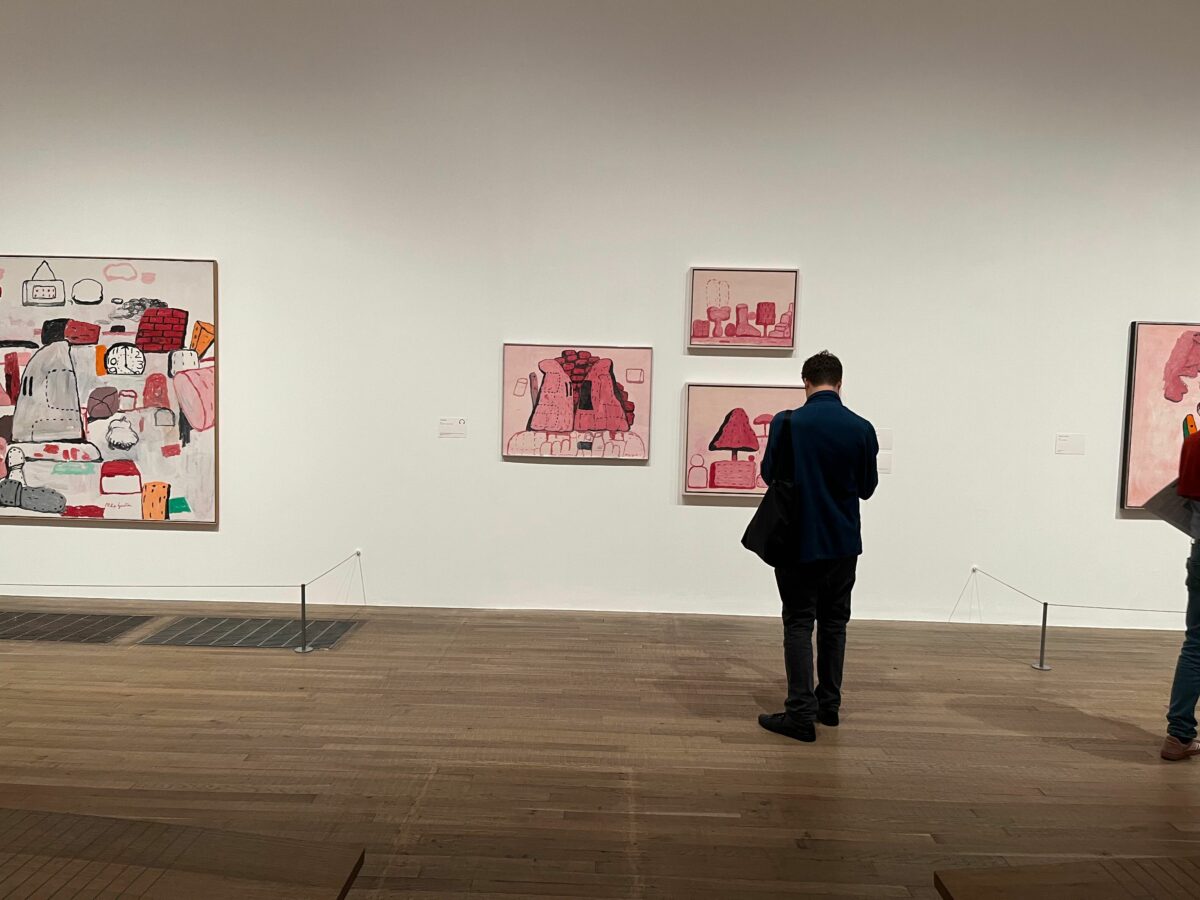
Philip Guston, 5th October 2023 – 25th February 2024, Tate Modern
Events
In Conversation: Musa Mayer and Olivia Laing 23rd November 2023, 19.00–20.30
Join Philip Guston’s daughter Musa Mayer and the award-winning writer Olivia Laing as they discuss Guston’s life and work. This event will also explore the artist’s relationship with writing and poetry and how they influenced his work.
Tate Modern Late, 24th November 2023, 18.00–22.00
Join us for an evening of events to celebrate Philip Guston at Tate Modern. Join artist-led workshops to create art inspired by the artist, catch live music performances, tune in to art chats exploring themes from the exhibition, and much more.

